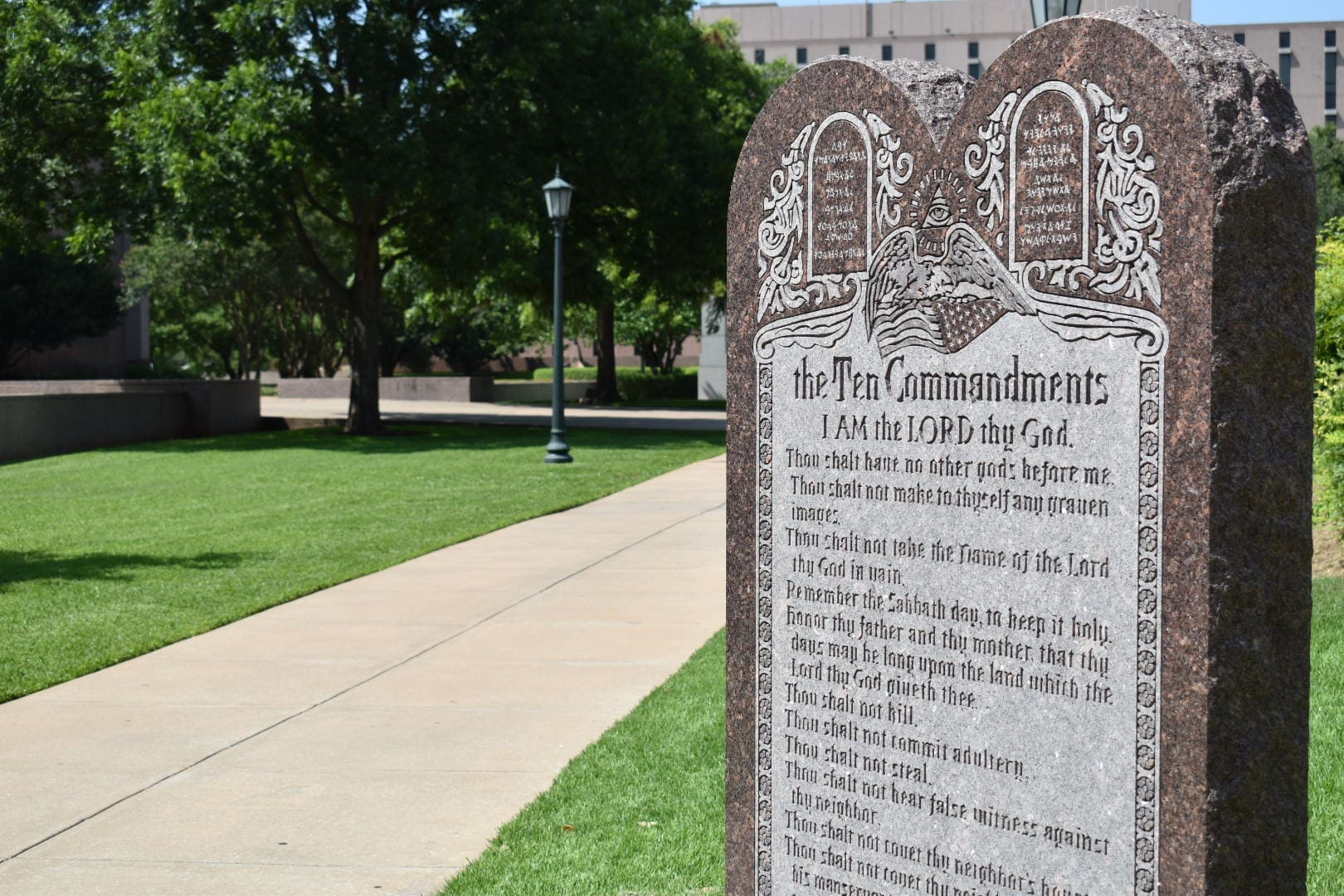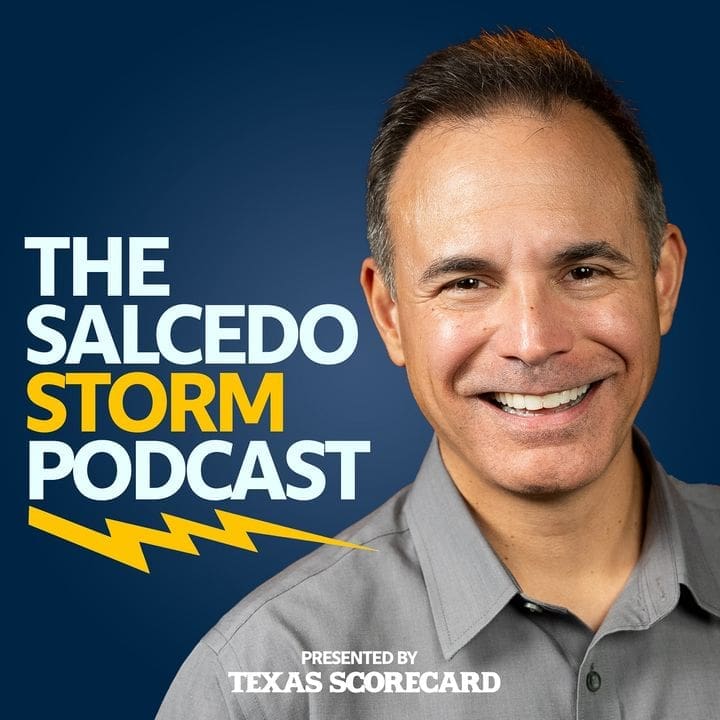As Texans endure intense summer heat waves, they also face potential power outages due to a lack of adequate energy supplied through the state’s unreliable power grid.
Texas is the only state operating on its own power grid. The Electric Reliability Council of Texas (ERCOT) tracks electricity usage and supplies power to more than 26 million Texans, covering nearly 90 percent of the state’s energy supply. The organization is a “membership-based 501(c)(4) nonprofit corporation, and ERCOT members include “consumers, cooperatives, generators, power marketers, retail electric providers, investor-owned electric utilities, transmission and distribution providers, and municipally owned electric utilities.”
After a record-breaking winter storm blasted Texas in February of 2021, the organization came under intense public scrutiny. As temperatures dipped below zero, ERCOT implemented rolling blackouts when the power grid struggled to keep up with the high-energy demand. For days, millions of Texans suffered through extreme weather conditions without electricity.
ERCOT shifted some blame to renewable energy sources, claiming more than half of the state’s wind turbines froze during the storm and failed to supply enough power. Research analyst and writer Bill Peacock highlighted the detrimental effects of a recent push to promote unreliable renewable energy methods over traditional sources.
“Over the last five years, wind and solar generation have dominated new power plants coming online in Texas,” wrote Peacock. “Wind generation’s output has increased by 113 percent, and solar’s by almost 2,000 percent. This growth has crowded out almost all investments in other types of more reliable and affordable generation such as natural gas and coal. Gas-fired generation is up only 3.5 percent during this period. Coal’s output is down 30 percent.”
Texans are subsidizing these costly energy sources. School districts can use Chapter 313 of the Texas Tax Code to provide renewable energy companies with substantial tax breaks for 10-year periods. Texas then reimburses districts through state-funded taxes, such as the sales tax.
The power grid’s winter storm failure led Texans to question how ERCOT operates. Many blamed ERCOT’s board of directors, but some pointed to state lawmakers. Although ERCOT operates independently, the state Legislature and the Public Utility Commission of Texas are responsible for oversight. Additionally, Gov. Greg Abbott appointed all three members of the Public Utility Commission.
The months after February 2021’s winter disaster brought changes in ERCOT’s leadership and renewed legislative interest in Texas’ power grid. However, over a year later, ERCOT’s reliability is still in question.
Earlier this week, the organization issued a “conservation appeal” to citizens and businesses across the state. In the appeal, ERCOT urged Texans to raise their thermostat temperature and refrain from using large appliances. Although the power grid has held so far, ERCOT warned that low wind speeds and increased cloud coverage could severely limit energy collected from renewable resources like wind turbines and solar panels.
As summer temperatures continue climbing, Texans are left wondering if their primary energy source will hold through the scorching heat. With the 2023 legislative session commencing in less than six months, lawmakers will have another opportunity to fix Texas’ unreliable power grid.
ERCOT Timeline
Winter and Spring 2021
- A devastating winter storm hit Texas in February and left thousands without electricity due to ERCOT’s limited energy supply.
- Abbott then called for the Legislature to investigate ERCOT’s practices.
- Abbott also implored lawmakers to reform the controversial organization.
- Additionally, Texas Attorney General Ken Paxton opened an investigation into ERCOT.
- In the aftermath, four ERCOT board members resigned.
- Lawmakers filed bills during the 2021 legislative session to level the playing field of Texas’ energy industry. Both Senate Bill 829 and House Bill 2372 stalled in the Legislature.
- ERCOT’s board then fired CEO Bill Magness.
- Following suit, the last remaining member of the Public Utility Commission resigned.
_______________________
Summer 2021
- Abbott signed into law two bills containing some ERCOT reforms and claimed “everything that needed to be done was done to fix the power grid in Texas.”
- Following these measures, Texans experienced power outages due to the summer heat.
- Abbott was then criticized for Texas’ continued reliance on solar and wind energy.
_______________________
Winter 2022
- In February, another winter storm threatened Texas’ power grid.
- Abbott subsequently warned Texans that “no one can guarantee that there won’t be a load shed event.”
- Thousands of Texans again lost electricity due to ERCOT’s inadequate energy supply.
_______________________
Summer 2022
- In May, the North American Electric Reliability Corporation warned that Texas was at risk for a summer energy emergency.
- This month, the power grid passed the predicted peak energy demand.
- The organization also admitted that the state’s wind turbines failed to produce enough energy.
- ERCOT subsequently issued a warning urging Texans to conserve energy.
- ERCOT is currently tracking the power grid’s conditions and reporting the numbers on its website.
No ads. No paywalls. No government grants. No corporate masters.
Just real news for real Texans.
Support Texas Scorecard to keep it that way!





